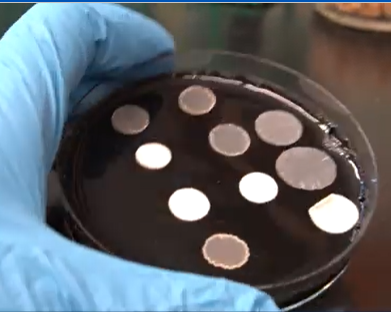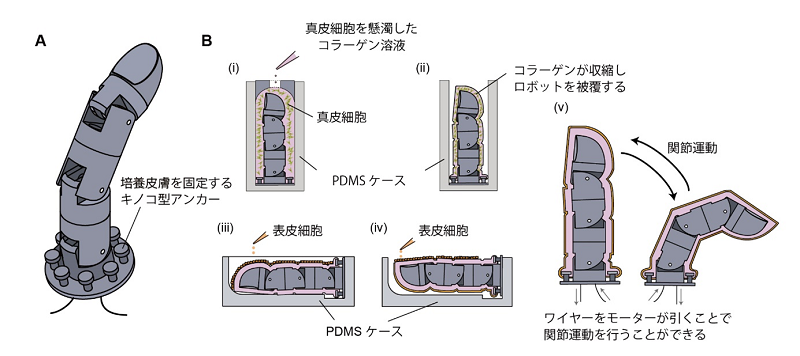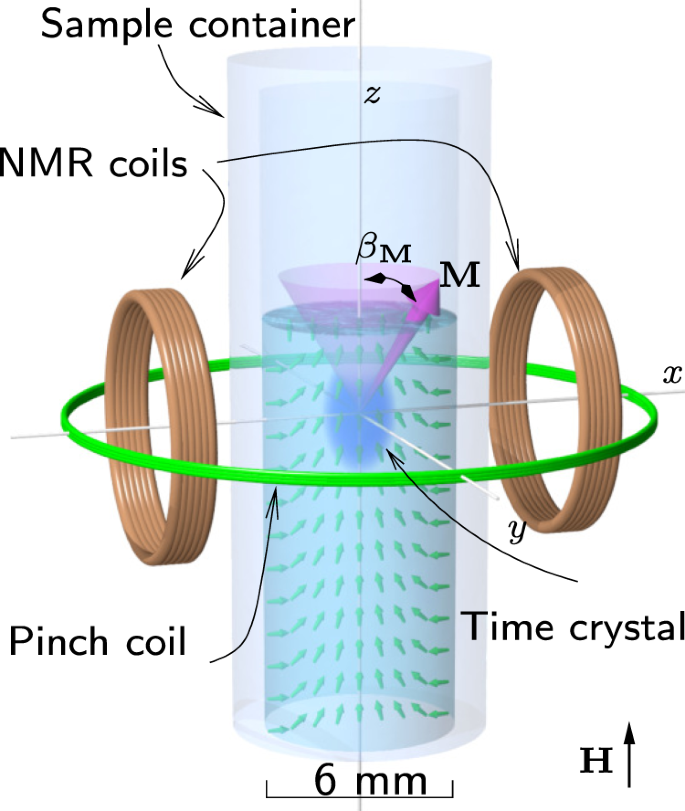2022-06-09 カナダ・ブリティッシュコロンビア大学(UBC)

「トウモロコシ黒穂病菌」は、トウモロコシの穂軸に煤のような腫瘍として現れる真菌であり、宿主にのみ存在することができます。トウモロコシの種子生産を妨害することにより、米国の農業産業に年間10億ドルの費用がかかります。
研究者は初めて、菌とその特性を研究するために実験室で植物環境を複製しました。この制御された正確な環境で、彼らは病原性と繁殖に影響を与える要因を調査し、将来の殺菌剤開発の有望なターゲットを特定することができます。
トウモロコシ黒穂病を調査することは、その治療法だけでなく、真菌に影響を与える同様の主食作物の治療法の手がかりを提供するのに役立つ可能性があると、UBCの研究者で筆頭著者のマティアスクレッチマー博士は言います。
<関連情報>
- https://news.ubc.ca/2022/06/09/fungus-test-tube-first-step-corn-smut-cure/
- https://www.science.org/doi/10.1126/science.abo2401
有機酸とブドウ糖によるトウモロコシの後期菌類生育の促進 Organic acids and glucose prime late-stage fungal biotrophy in maize
MATTHIAS KRETSCHMER,DJIHANE DAMOO,SHERRY SUN,CHRISTOPHER W. J. LEE,DANIEL CROLL, HARRY BRUMER AND JAMES KRONSTAD
Science Published:9 Jun 2022
DOI: 10.1126/science.abo2401
Host plant nurtures fungus
Abstract
Many plant-associated fungi are obligate biotrophs that depend on living hosts to proliferate. However, little is known about the molecular basis of the biotrophic lifestyle, despite the impact of fungi on the environment and food security. In this work, we show that combinations of organic acids and glucose trigger phenotypes that are associated with the late stage of biotrophy for the maize pathogen Ustilago maydis. These phenotypes include the expression of a set of effectors normally observed only during biotrophic development, as well as the formation of melanin associated with sporulation in plant tumors. U. maydis and other hemibiotrophic fungi also respond to a combination of carbon sources with enhanced proliferation. Thus, the response to combinations of nutrients from the host may be a conserved feature of fungal biotrophy.



